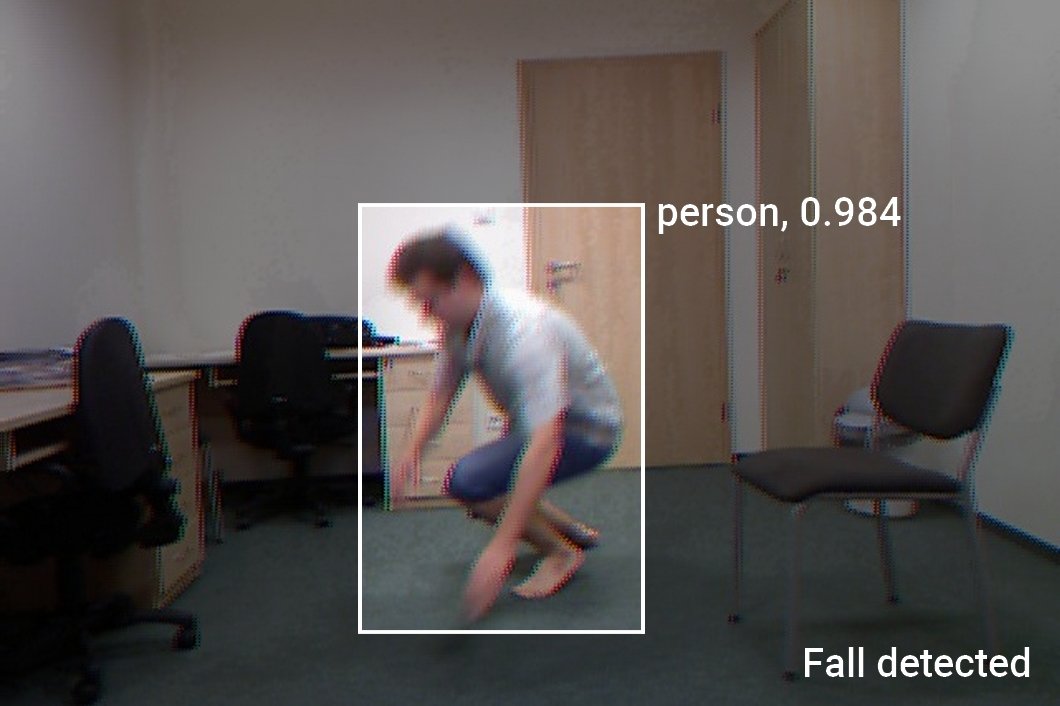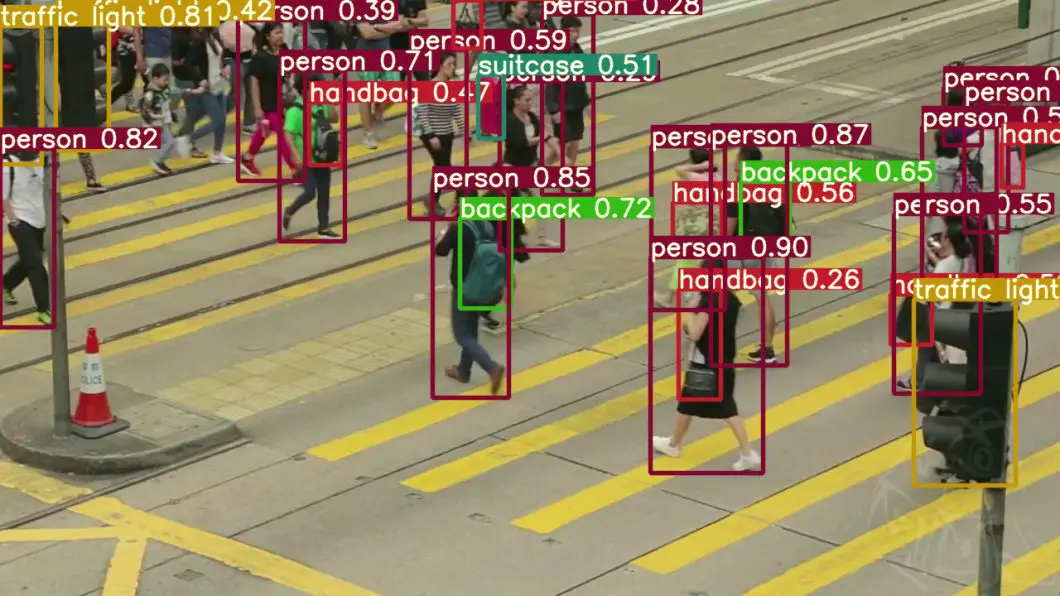Human falls are considered to be an important health problem worldwide. Among all potential technologies able to detect a fall, artificial vision techniques have proven extremely effective over the last few years. Human Fall detection systems aim to reduce both dependency and care costs in the older adult community.
About us: Viso Suite is the premier computer vision infrastructure to simplify business automation processes. Learn more about how ML teams can develop, train, deploy, and manage enterprise applications by booking a demo.
Why Is Fall Detection Important?
Fall is one of the major causes of death for older people. Over 30% of falls cause severe injuries, ranging from hip fractures to brain concussions, and a high number of them end up causing death.
Hence, human fall detection systems are increasingly important in today’s aging population and will therefore become even more important in the near future. According to UN reports on the aging population, the global population aged over 60 doubled its number in 2017 compared to 1980. It is expected to further double again by 2050 when the number of the elderly is expected to exceed the number of youngsters aged 10 to 24.
With that background scenario, automatic fall detection systems are an area of growing interest over the course of the next few years, as they could have a high impact on the quality of life of the dependent community.

Systems For Human Fall Detection
There are different approaches to designing a fall detection system. Such systems depend on the types of devices selected for data acquisition, the location in which these devices are placed, and how fall detection is applied. Fall detection systems, in broad terms, can be classified as wearable, ambient, and vision-based ones:
- Wearable systems: Such systems use sensors carried by the elderly person. The technologies of this group of systems are numerous, including accelerometers, pressure sensors, inclinometers, gyroscopes, microphones, and other sensors – these typically have a battery life.
- Placed sensors: Other systems include sensors that are placed around the monitored person and include pressure, infrared, acoustic, or radio-frequency sensors.
- Artificial vision: Over the past years, the use of artificial intelligence with vision has experienced rapid development, mainly due to the use of artificial neural networks and their ability to visually recognize and detect objects, events, and human actions.

Vision-based Human Fall Detection Systems
Real-time vision-based fall detection applications support elderly people by analyzing the rate of change of motion with respect to the ground point.
How it Works
Vision-based fall detection systems examine human pose, human movement, or a combination of both and categorize fall events in case the established criteria are met.
AI vision-based fall detection systems have a common structure of two steps, the first one assigns abstract descriptors to input video feeds, and the second one classifies them. Some systems include an additional step to improve the quality of the incoming signal by reducing noise or adapting its format to the needs of the blocks downstream of it (Preprocessing).

Main Advantages
Vision-based systems are able to provide an efficient method to detect falls, without wearing any physical devices and the need to directly impact the person. Also, vision-based systems do not need to be applied correctly or require human interaction by the subject (e.g. wearing gadgets, such as Apple Watches or mobile devices, or any form of interaction).
Some advantages of vision-based systems are that they can run on different computing architectures and that there are many algorithms and libraries implemented open-source. A variety of algorithms have been developed for fall detection, some of which are designed to analyze static images or treat each frame individually, others are able to identify the occurrence of fall events over multiple frames.
Main Challenges
Vision-based devices have the same drawbacks as ambient devices:
- They have to be installed in multiple rooms to cover a larger area of interest to track when a fall occurs.
- The treatment of privacy as images from a real person’s life are involved.
- Fall detection accuracy comes into question without proper training data and reliable algorithms. False alarms are not ideal, but missing a true fall is even more detrimental.
A solution is a system that processes all visuals on the edge (Edge Computing), does not send any images at all but sends an alert when the fall has been detected. Another option is sending images only when the fall has been detected (Edge AI with data offloading), those images can be blurred easily to avoid facial recognition from third parties (Face Blur). Recently, several approaches for privacy-preserving deep learning have been introduced.
Characteristics of Vision-based Fall Detection Applications
Vision-based Method
Most methods based on video analysis make use of a 2D or 3D model, others are based on feature extraction after the video image segmentation of the body. The approaches can be classified into the following categories: body and shape change, posture detection, inactivity, spatiotemporal, and 3D head change.
Cameras
In vision-based systems, cameras are one of the most important parts. The vision-based approaches are focused on the real-time execution of the algorithm using standard computing platforms and low-cost cameras. Two types of cameras are mainly used for fall detection: Regular 2D cameras and 3D cameras (ToF). The lateral resolution of time-of-flight (ToF) cameras is generally low compared to standard 2D video cameras and such specialized cameras are much more expensive.
Processing Units
Most vision-based fall detection systems depend on high computational processing power or expensive hardware. For example, a system based on foreground extraction, feature extraction, and intelligent fall detection was built using an Intel Core i5 processor at 2.6 GHz. Another approach with fall detection by detecting falls from a single camera with arbitrary view angles was set up with an Intel Core i7-2600 3.40 GHz processor, and 16 GB of RAM.
What’s next?
In this article, we’ve discussed how computer vision systems can help offer peace of mind to elderly communities by using a series of long-term fall detection options. Sometimes it is not possible to have at-risk individuals constantly in the care of a medical guardian. With subject monitoring, individuals can be sure that they will be cared for at their most vulnerable moments.
Medical alert companies, monitoring centers, and hospitals around the world have already begun to start implementing this vital technology to better care for their most vulnerable populations.
Read our other blogs to learn about other vision-based deep learning applications.
- Read about Pose Estimation with Computer Vision
- A guide to Edge Intelligence, the next big AI trend
- Find an extensive list of Computer Vision applications
- Explore the top Deep Learning Frameworks
- Computer vision applied to the oil and gas sector
- Computer vision applied to healthcare
- Computer vision applied to manufacturing



